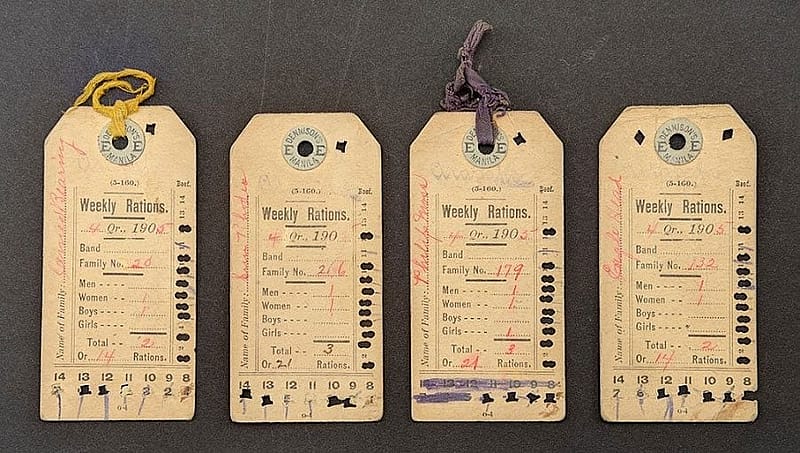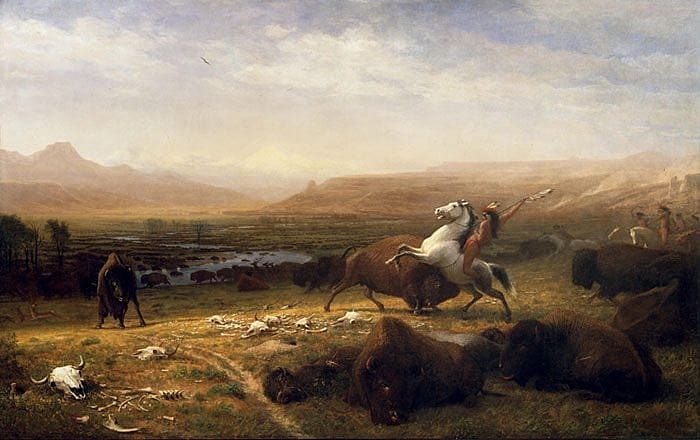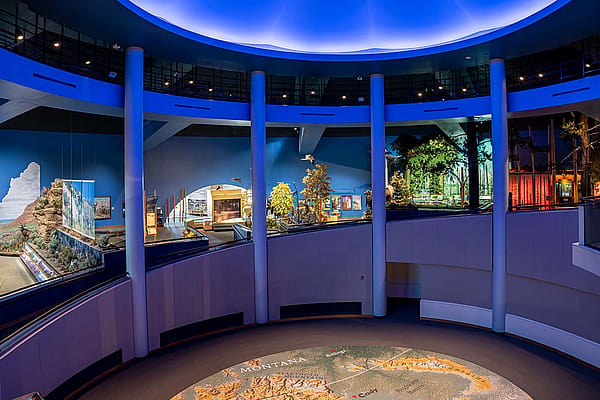
Center of the West scores two slots on Wyoming’s most significant artifacts list
Treasures from the Buffalo Bill Center of the West‘s Plains Indian Museum and its Whitney Western Art Museum have been tapped for Wyoming’s Most Significant Artifacts. The Wyoming State Historical Society, in partnership with the University of Wyoming Libraries, launched the idea in celebration of 125 years of Wyoming Statehood. Both organizations wanted to recognize the cultural institutions throughout Wyoming that preserve and provide access to collections that “enhance our enjoyment and understanding of Wyoming’s heritage and provide ongoing learning and research opportunities.”

“We are always proud when our collections are revered,” says Bruce Eldredge, the Center’s executive director and CEO. “To have them identified as important to Wyoming is yet another great honor.”
Defined as an artistic or historic item (or related group of items), artifacts may include documents, books, photographs, recordings, artwork, or three-dimensional items. Participating archives, historical societies, libraries, and museums across Wyoming each nominated one item from their collection that has significance to Wyoming’s history. An independent panel of judges culled the list to the top 25 artifacts, and then opened up voting for the public to vote for their favorites.
From the Whitney Museum, Last of the Buffalo by Albert Bierstadt, a masterpiece of American art completed in 1889, is No. 4 on the significant artifacts list. It underscores the closing frontier, the perceived demise of Plains Indian culture, and extinction of the buffalo. “The scene is set either in the Sweetwater River valley or more likely in Yellowstone National Park,” notes Whitney Western Art Museum Curator Karen McWhorter. “Bierstadt traveled Wyoming in the 1850s and 1860s, chronicling the sights of the area, Indian culture, and the plight of the buffalo, among other topics.” A second version graces the National Gallery of Art in Washington, D.C.

A collection of 1905 ration tickets from the Wind River Indian Reservation in central Wyoming is No. 8 on the artifacts list. The Northern Arapaho and Eastern Shoshone residents (traditional enemies living on the reservation) presented the tickets to officials in exchange for food and supplies. “The ration tickets remind residents of this region, state, and nation that there is an Indian presence here despite historical events that forced cultural change,” writes Plains Indian Museum Curator Rebecca West.
Other objects on Wyoming’s Most Significant Artifacts List are: Wyoming state flag, South Pass City mill, mammoth skeleton, 1863 map, sheepherder wagon, Apatosaurus specimen, Clovis points, and stereoviews of Oregon Trail emigrant wagons, 1859.
Since 1917, the award-winning Buffalo Bill Center of the West in Cody, Wyoming, has devoted itself to sharing the story of the authentic American West. The Center is an affiliate of the Smithsonian Institution. For additional information, visit centerofthewest.org or the Center’s Facebook page.
Written By
Nancy McClure
Nancy now does Grants & Foundations Relations for the Center of the West's Development Department, but was formerly the Content Producer for the Center's Public Relations Department, where her work included writing and updating website content, publicizing events, copy editing, working with images, and producing the e-newsletter Western Wire. Her current job is seeking and applying for funding from government grants and private foundations. In her spare time, Nancy enjoys photography, reading, flower gardening, and playing the flute.








